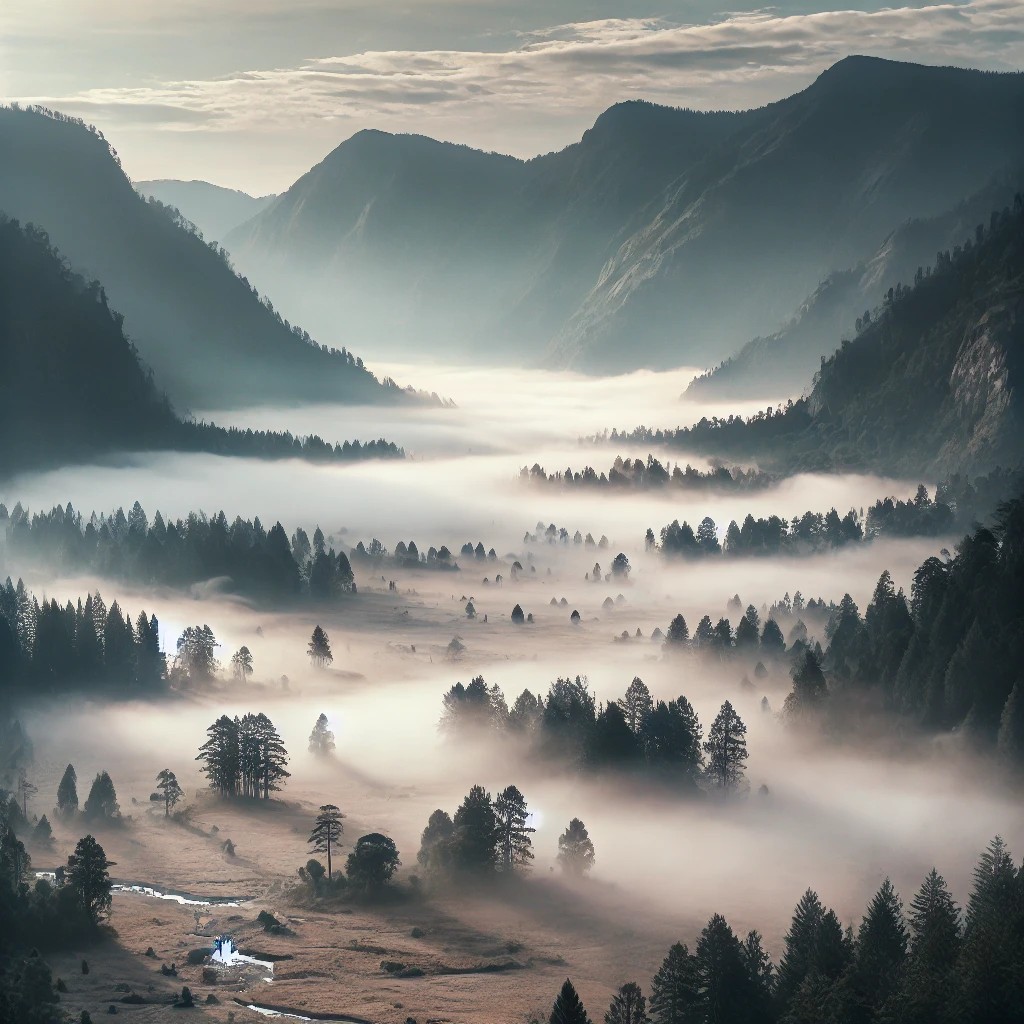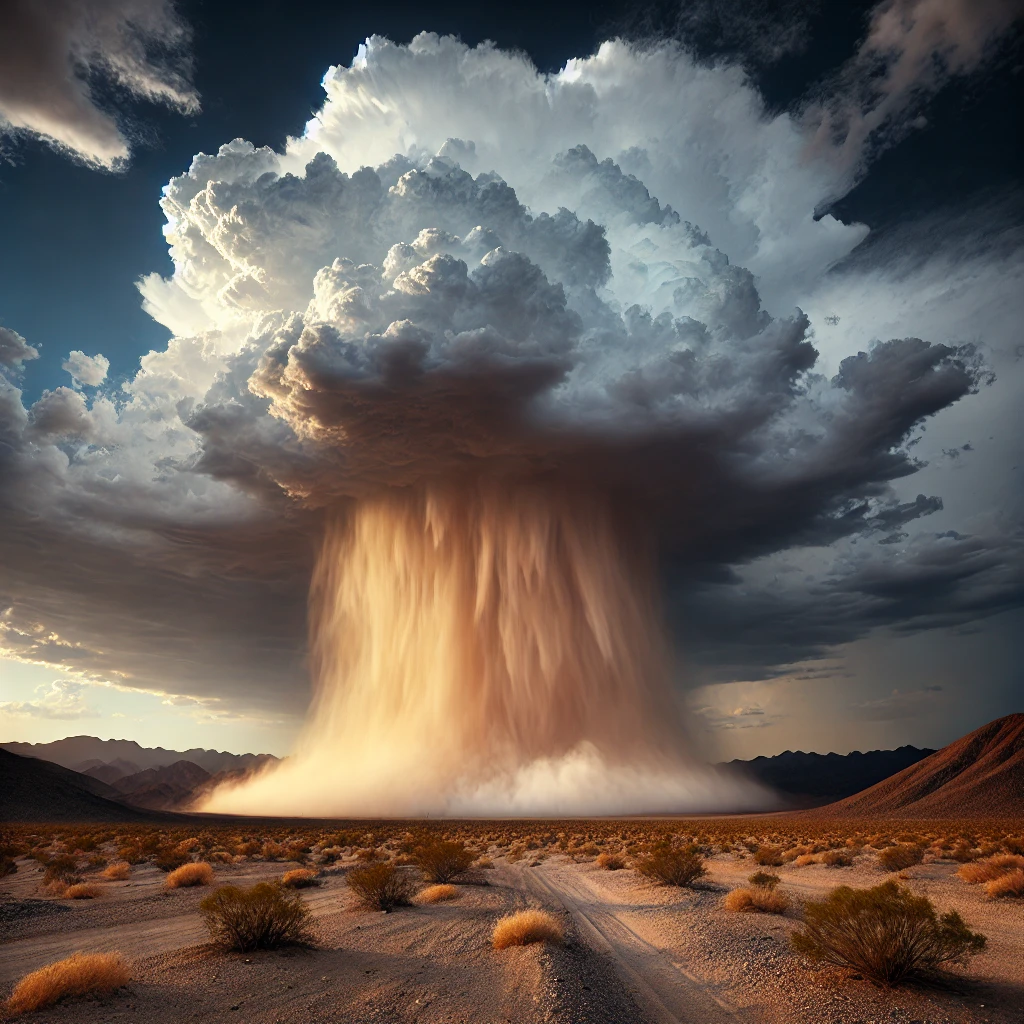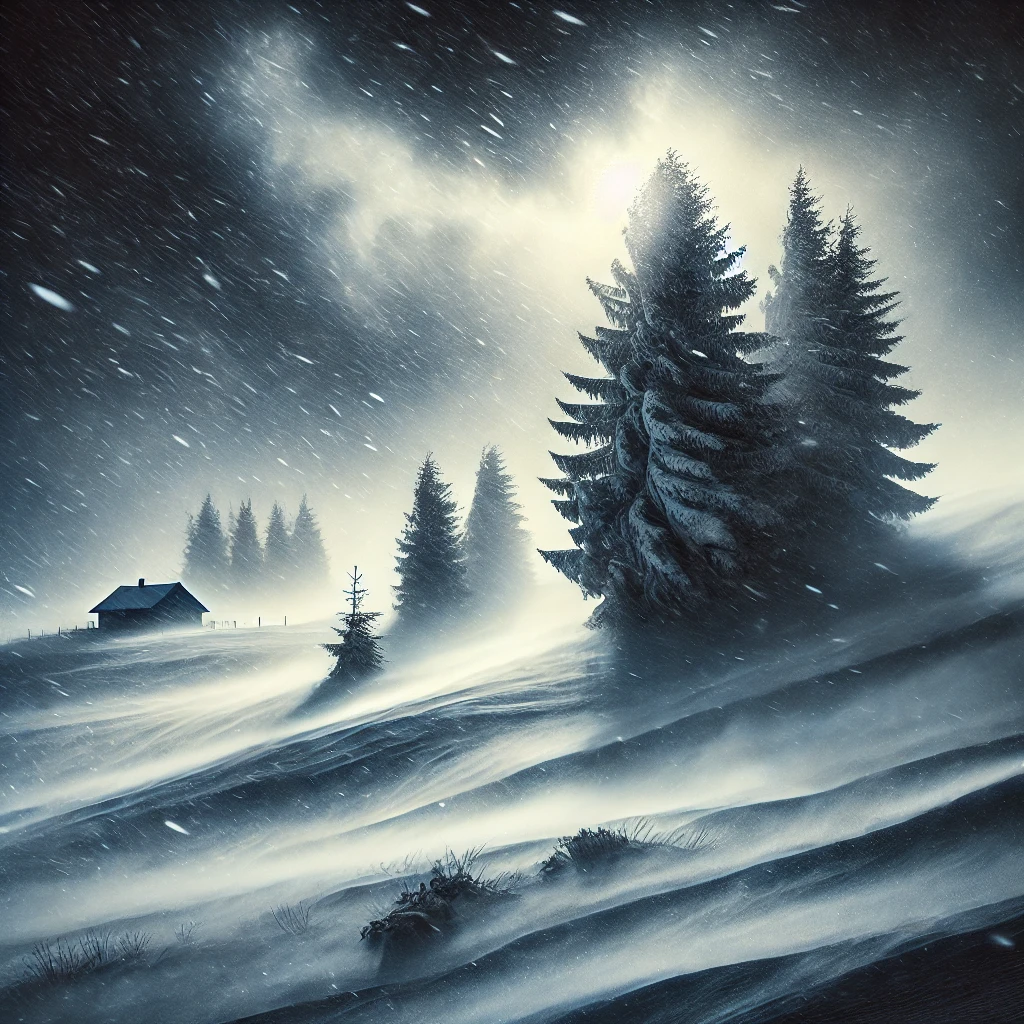The Phenomenon of Fog: How and Where It Forms
Introduction:
Fog, often seen as a mysterious veil cloaking landscapes, is one of the most common weather phenomena. It plays a crucial role in ecosystems, transportation, and even culture, offering a blend of beauty and hazard depending on the context. But what is fog, how does it form, and where are its most common occurrences? This article explores the formation process, types, and the regions where fog is most prevalent.
What is Fog?
Fog is essentially a cloud that forms at or near the ground. Like clouds high in the atmosphere, it consists of tiny water droplets or ice crystals suspended in the air. Fog reduces visibility to less than 1 kilometer (0.6 miles), differentiating it from mist, which is a lighter version of fog where visibility is better than 1 kilometer.
The fundamental process behind fog formation is the cooling of air. As warm, moist air cools, it loses its capacity to hold water vapor. When the temperature drops to the dew point (the temperature at which air becomes saturated with moisture), condensation occurs, forming water droplets in the air. These droplets scatter light, creating the appearance of a thick, obscuring haze.
How Does Fog Form?
Fog forms under a variety of conditions, primarily when moisture in the air condenses due to a decrease in temperature or an increase in humidity. Several mechanisms can lead to the formation of fog:
- Cooling of Moist Air: The most common process behind fog formation is the cooling of warm, moist air. When this air is cooled to its dew point, water vapor condenses into tiny droplets that remain suspended in the atmosphere, creating fog. This can occur through various processes like radiative cooling, advection (horizontal movement of air), or cooling by evaporation.
- Condensation Nuclei: For condensation to occur, there must be particles in the air, such as dust, salt, or pollutants, that serve as condensation nuclei. These particles provide a surface for water vapor to condense onto, promoting the formation of fog droplets.
- Air Saturation: If the air becomes saturated through either adding moisture (such as evaporation from a water body) or decreasing temperature, fog can form. The process of saturation can be influenced by local topography, bodies of water, and atmospheric pressure.
- Temperature Inversion: Fog can form when a temperature inversion occurs, meaning that warm air traps cooler air near the ground. In this situation, the surface air cools to its dew point, while the warmer air above prevents the fog from dissipating.

You May Also Like: What Are Microbursts? The Small Yet Powerful Weather Phenomenon
Types of Fog
There are several different types of fog, each formed by different processes:
- Radiation Fog: This type of fog forms on clear nights when the Earth’s surface cools rapidly through the loss of infrared radiation. As the ground cools, so does the air above it. If the air is moist and the temperature drops to the dew point, fog will form. Radiation fog typically occurs in valleys and low-lying areas because cool air sinks into these regions. It is common in autumn and winter when nights are longer.
- Advection Fog: Advection fog forms when warm, moist air passes over a cooler surface. As the air cools to its dew point, fog forms. This type of fog is commonly found along coastlines when moist air from the ocean moves over cooler land surfaces. Coastal areas like San Francisco and parts of the British Isles often experience advection fog.
- Upslope Fog: Upslope fog occurs when moist air is forced up a mountain or hillside. As the air rises, it cools, and if the temperature reaches the dew point, fog forms. This type of fog is commonly seen in mountainous regions and can persist for extended periods, especially in regions with consistent wind patterns pushing the air upward.
- Evaporation Fog: Evaporation fog, also known as steam fog, forms when cold air moves over a warmer body of water. The warmer water evaporates into the colder air, causing the air to reach saturation and form fog. This is commonly seen over lakes and rivers in the early morning or during colder seasons when the water remains relatively warm compared to the surrounding air.
- Frontal Fog: Frontal fog forms when warm, moist air is forced to rise over a cold front. As the warm air rises, it cools, and condensation occurs, forming fog. This type of fog is often associated with weather fronts and can accompany precipitation.
Where Fog Forms
Fog can form in a variety of environments, but certain regions are more prone to foggy conditions due to their geographic and climatic features.
- Coastal Areas: Coastal regions are highly prone to fog, especially where cold ocean currents meet warm, moist air. For instance, the Pacific Coast of North America, particularly areas like San Francisco and the Pacific Northwest, is known for frequent fog, often caused by the meeting of cold ocean waters and warm coastal air. The interaction between the cool California Current and the warmer air masses above it creates a prime environment for advection fog.
- Valleys and Low-Lying Areas: Valleys and low-lying areas are prime locations for fog formation, particularly radiation fog. In these areas, cool air naturally settles due to its higher density, and the longer nights in winter promote radiational cooling. The fog can linger well into the morning due to limited sunlight penetration and a stable atmosphere. Notable foggy valleys include the Po Valley in Italy and California’s Central Valley.
- Mountain Regions: Mountainous regions often experience upslope fog as moist air is forced upward by terrain. This type of fog can be persistent and dense, especially in areas like the Appalachian Mountains in the United States, where cool air is frequently pushed upward by the mountains.
- Lakes and Rivers: Bodies of water like lakes and rivers are common sources of evaporation fog. Cold air moving over relatively warm water creates a misty layer, which is often seen in the early mornings or during the transition between seasons. Lake-effect fog is a familiar sight in regions around the Great Lakes in the United States.
- Urban Areas: Urban areas, particularly those with high levels of pollution, can also be prone to fog formation. Pollutants in the air serve as condensation nuclei, making it easier for fog to form. These fogs, often mixed with smog (hence the term “smog”), can be harmful and reduce visibility drastically. London, historically famous for its dense fog, is an example of a city where fog and pollution once combined to create hazardous conditions.
The Importance of Fog
Fog plays an essential role in various ecosystems. In coastal areas, particularly in deserts like the Atacama in Chile or the Namib Desert in Africa, fog is a vital source of moisture for plants and animals. Specially adapted flora, like fog nets in the Atacama, capture moisture from the air, which sustains the ecosystem.
Additionally, fog has a cooling effect on the local climate. It can regulate temperature by blocking sunlight during the day, which slows evaporation and helps maintain moisture in the soil.
On the downside, fog can pose significant challenges to transportation, reducing visibility on roads, at airports, and for ships at sea. Dense fog is often responsible for accidents and delays, particularly in areas where it occurs frequently and without warning.
Conclusion
Fog, while a relatively simple weather phenomenon, is complex in its formation and impact. Whether generated by radiational cooling, the movement of warm air over cold surfaces, or rising moisture-laden air, fog can transform landscapes, create dangerous conditions for travel, and even sustain life in arid regions. Understanding how fog forms and where it is most common helps in appreciating both its beauty and its challenges.
Also Visit: Operational Risk Management: Safeguard Your Company




1 comment